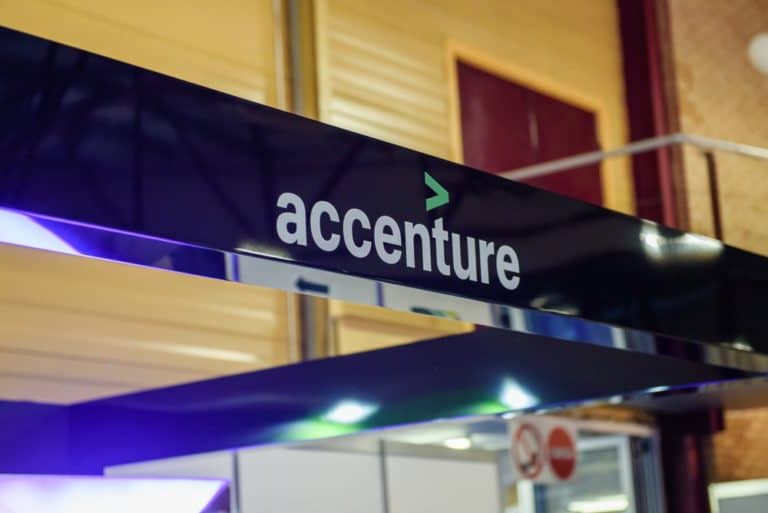Accenture launches SynOps, a new platform designed to bring about breakthroughs in workflow by both digital workers and people. The move follows similar developments in robotics process automation (RPA) and must combine work, data science and work.
SynOps is described by Accenture as a human-machine operating engine. The main idea behind the concept is a platform that combines data, artificial intelligence and people. The hope is that not only human experts can work more easily, but also that companies can link their strategies around automation, analytics and artificial intelligence.
Accenture SynOps
Accenture SynOps started as an internal product. The platform was there for five years in the making and suggests ways to streamline and automate processes. This includes areas such as finance, accounting, marketing and other areas of work. According to Debbie Polishook, CEO of Accenture Operations, the company’s workforce was reduced from 469,000 to 425,000 as a result of SynOps’ suggestions.
One of the main angles of the product lies in the application of RPA. Accenture Operations has long used human resources in low-wage countries such as India to routinely enter data and perform customer service work for customers. But the system gave advice to reduce the number of human workers by automating certain tasks.
SynOps can, for example, accept an order, draw up an invoice, check the invoice against a contract, correct errors and then automatically pass them on to the customer. Polishook tells Bloomberg that it is not the intention to make people completely superfluous. Accenture does want to make people as productive as possible with SynOps. This allows them to focus on the work that a person really has to do.
Customers who use SynOps can set their own rules for the automation tasks. For example, they can set the artificial intelligence to have a certain level of certainty before it fully processes something.
This news article was automatically translated from Dutch to give Techzine.eu a head start. All news articles after September 1, 2019 are written in native English and NOT translated. All our background stories are written in native English as well. For more information read our launch article.